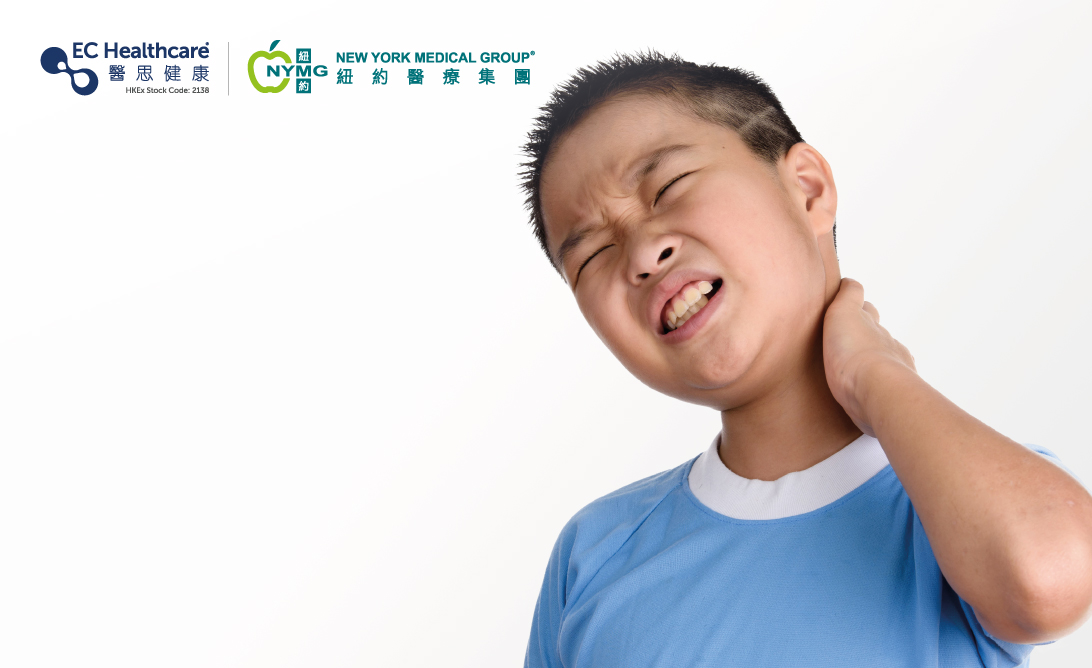Don’t Let Cervical Subluxation Wrack Your Child’s Neck: Take Actions to Keep Them Healthy!


The human body has 7 cervical vertebrae connecting to the skull. They support the weight of the head and enable a wide range of head movements.The C1 and C2 vertebrae are located at the tippy-top of the spine, where most nerves flow through, highlighting the importance of neck health. As cervical subluxation is affecting more children nowadays, parents should protect their child’s necks starting by making changes in their daily lives.

Protect your child from hidden dangers
Cervical subluxation is becoming a growing concern among children. There is a case where a child aged only 10 loses some of the natural curve of his neck due to prolonged improper postures when studying, leading to kyphosis, headaches and shoulder and neck pain. Apart from heavy schoolwork, reliance and even addiction to electronic devices are also taking a toll on children’s necks.
The weight of our heads increases significantly when we lower them, exerting much more pressure on the cervical spine and causing muscle stiffness, which eventually results in cervical subluxation and even a herniated disc. To nip these spine issues in the bud, it’s crucial to adopt preventive measures such as building proper postures and living habits.
Spinal curve development
Babies’ spines are in a C shape at first, which will gradually become an S shape when they learn to lift their heads, crawl, stand and walk. But with the popularity of electronic devices nowadays, many parents use smartphones and tablets as “electronic pacifiers” to calm their kids down, exposing kids to these tech gadgets way too much and too soon.
A report published by the Department of Health in July revealed that the median age for starting to use tablets is 16 months, which means even infants aged under 16 months have a habit of using tablets. However, infancy is the crucial period for developing healthy spinal curves. If infants become addicted to electronic pacifiers in this period, this can get in the way of spinal development and increase the risk for future shoulder and neck pain.

Facilitate early detection and treatment
Poor postures or maintaining a position for too long can cause some of your kid’s muscles to become tense, which can place the neck joints in an abnormal position and reduce their mobility. If the misaligned vertebra compresses the nerves, patients may experience pain, numbness or weakness in their shoulders, neck, hands and other areas depending on the location of subluxation. Some patients may even suffer from headaches.
If you spot these symptoms in your child for a long time, seek medical help as soon as possible. Normally, chiropractors will use manual therapy to correct the misaligned vertebra and restore joint mobility with professional hand movements. Therapeutic ultrasound may also be used to speed up recovery. Traction therapy is another option to relieve the pain. Patients will lie on a traction table with an elastic band fixing their head in place, and then let the device stretch their spine. The treatment modality and duration can vary for each case, but it usually takes anywhere from 3-8 weeks to get things back on track.
If the pain persists, seek medical examination and treatment as soon as possible.









